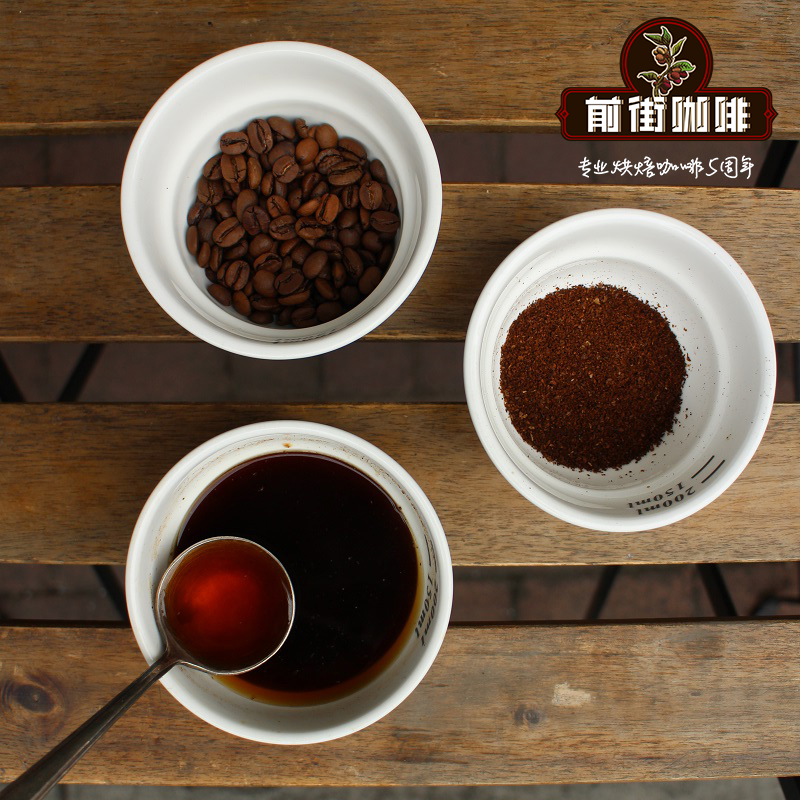Do you know about Bolivian coffee cooperatives? Analyze what coffee cooperative is and what its characteristics are

Professional coffee knowledge exchange more coffee bean information please follow the coffee workshop (Wechat official account cafe_style)
There are people in many countries who grow coffee, process it and sell it to cooperatives.
But what is a co-operative? How does it work? And how do farmers produce traceable coffee products when they work together?
As its name suggests, coffee cooperatives are a cooperative group of many coffee farmers to obtain better resources, such as better marketing resources, business opportunities, personnel training resources, and so on.
All members who join the cooperative are required to pay social fees, and then use the money to invest in the local community, which will be more cost-effective than using it alone. In addition, many large cooperatives have full-time staff, covering management, marketing, personnel education, research and so on.
Bolivia is a landlocked country located in South America. Because of its rich natural resources, Bolivia has been colonized by Spain over the years.
And suffering from the aggression of neighboring countries such as Chile and Paraguay, it is currently the poorest country in South America.
Bolivia is known as an ancient plateau country. The main producing areas of coffee are located in the plateau above 2,000 meters above sea level. Most of the coffee is marketed by cooperatives formed by small coffee farmers. In the early days, coffee was sold by water.
Most of the washed Arabica tree species are Tibica and some Kaddura tree species in recent years. Coffee produced in Bolivia in South America has great potential, but it cannot be treated as a result of transportation and distribution.
The season's coffee is shipped out so there is almost no sign of him on the market, a problem that keeps Bolivian coffee traditional. Netherlands? Finland? Germany and other Nordic countries are the largest sales areas.
In the past, Bolivian coffee trees were often planted around gardens as fences and decorations, but they have only been planted as cash crops since the 1950s. In 1975, due to abnormal weather in Brazil, coffee
The producing areas suffered heavy losses. Bolivia took advantage of the opportunity to develop coffee farming and grew rapidly. In the past, the evaluation of coffee beans in Bolivia was not outstanding, but in the Cup of Excellence (COE) cup evaluation in 2004.
In the prison competition, a Cenaproc cooperative composed of more than 80 small coffee farmers suddenly rose to fame by hosting the top three and fifth places in the competition in one breath. Bolivia has also become a boutique
A dazzling new star in the coffee world.
Important Notice :
前街咖啡 FrontStreet Coffee has moved to new addredd:
FrontStreet Coffee Address: 315,Donghua East Road,GuangZhou
Tel:020 38364473
- Prev

Bolivia Coffee Manor introduction to explore how the Bolivian Shengxiang Manor Coffee
Professional coffee knowledge exchange more coffee bean information please follow the coffee workshop (Wechat official account cafe_style) this time the coffee to be introduced is Bolivia Shengxiang manor honey treatment. According to the introduction on the website of the European News Agency, due to the lack of materials in Bolivia and there is no special de-sticking machine similar to Costa Rica, this batch is completely manual in dealing with the sticky layer outside the sheepskin.
- Next

What are coffee beans in Huakui 6.0? The difference of Flavor characteristics between Sakui 5.0 and Sidamo Sakura Coffee
Professional coffee knowledge exchange more coffee bean information please follow the coffee workshop (Wechat official account cafe_style) Hambella (commonly translated as Hambella) is located in Ethiopia's largest coffee producing area of GUJI, the administration is subordinate to the state of Oromia. West of Hambella and Yega
Related
- Detailed explanation of Jadeite planting Land in Panamanian Jadeite Manor introduction to the grading system of Jadeite competitive bidding, Red bid, Green bid and Rose Summer
- Story of Coffee planting in Brenka region of Costa Rica Stonehenge Manor anaerobic heavy honey treatment of flavor mouth
- What's on the barrel of Blue Mountain Coffee beans?
- Can American coffee also pull flowers? How to use hot American style to pull out a good-looking pattern?
- Can you make a cold extract with coffee beans? What is the right proportion for cold-extracted coffee formula?
- Indonesian PWN Gold Mandrine Coffee Origin Features Flavor How to Chong? Mandolin coffee is American.
- A brief introduction to the flavor characteristics of Brazilian yellow bourbon coffee beans
- What is the effect of different water quality on the flavor of cold-extracted coffee? What kind of water is best for brewing coffee?
- Why do you think of Rose Summer whenever you mention Panamanian coffee?
- Introduction to the characteristics of authentic blue mountain coffee bean producing areas? What is the CIB Coffee Authority in Jamaica?

